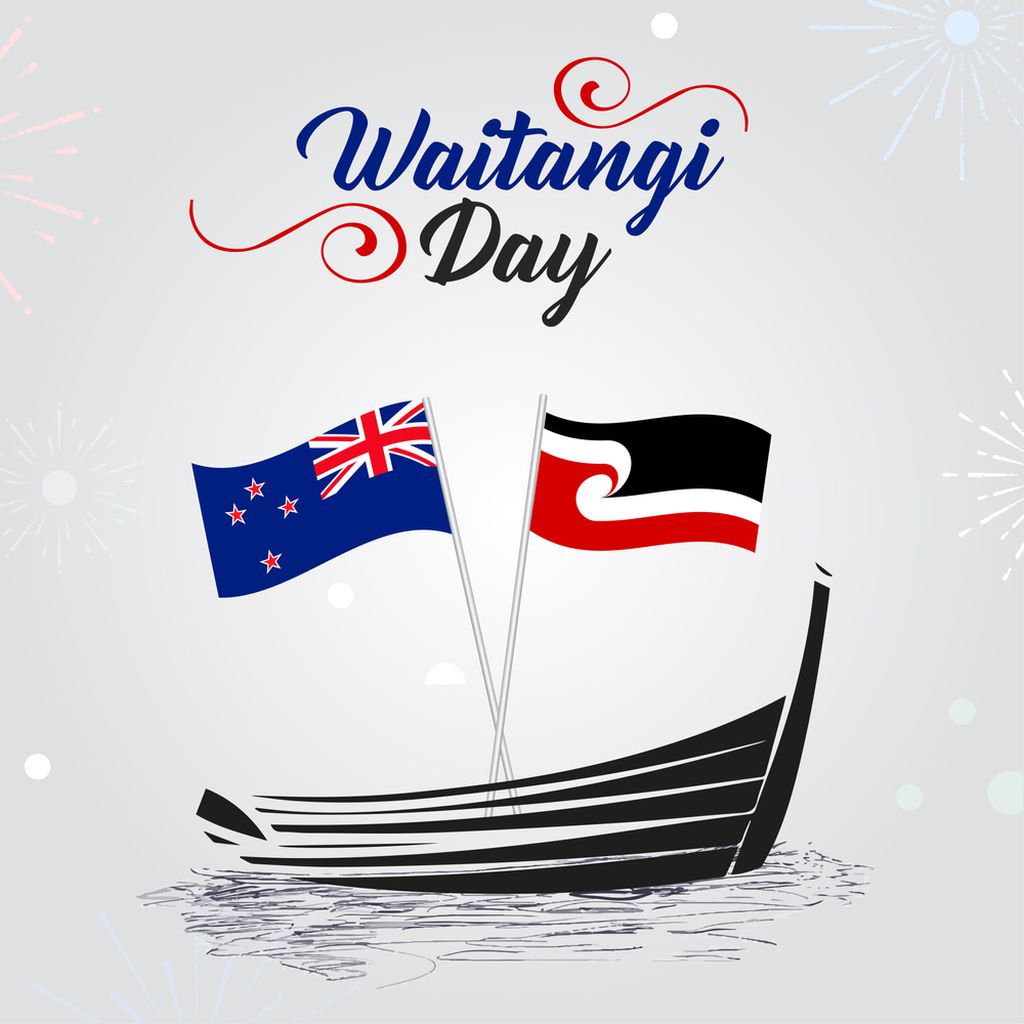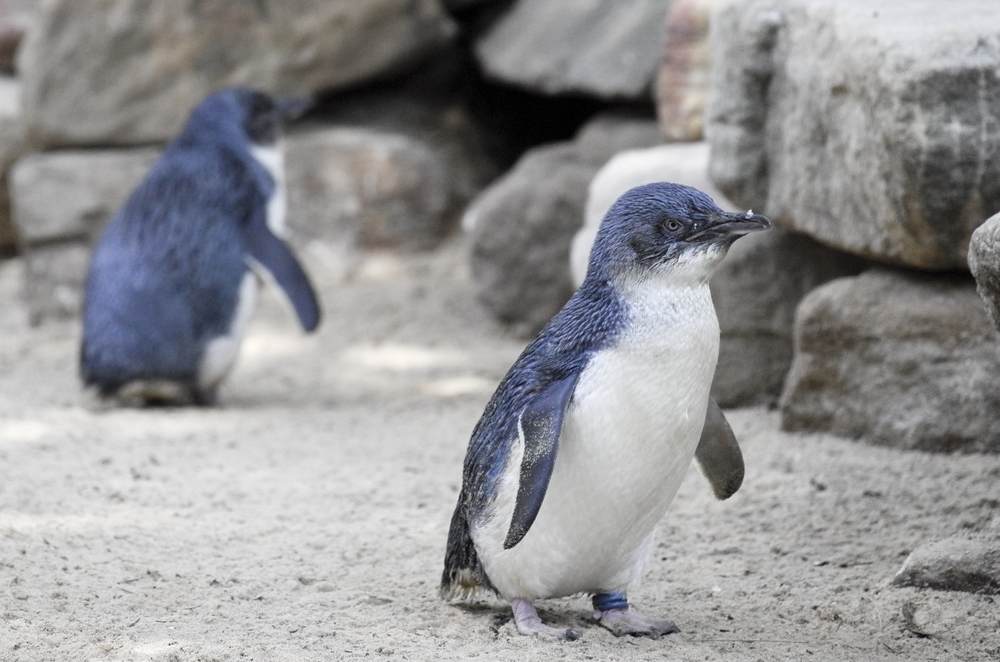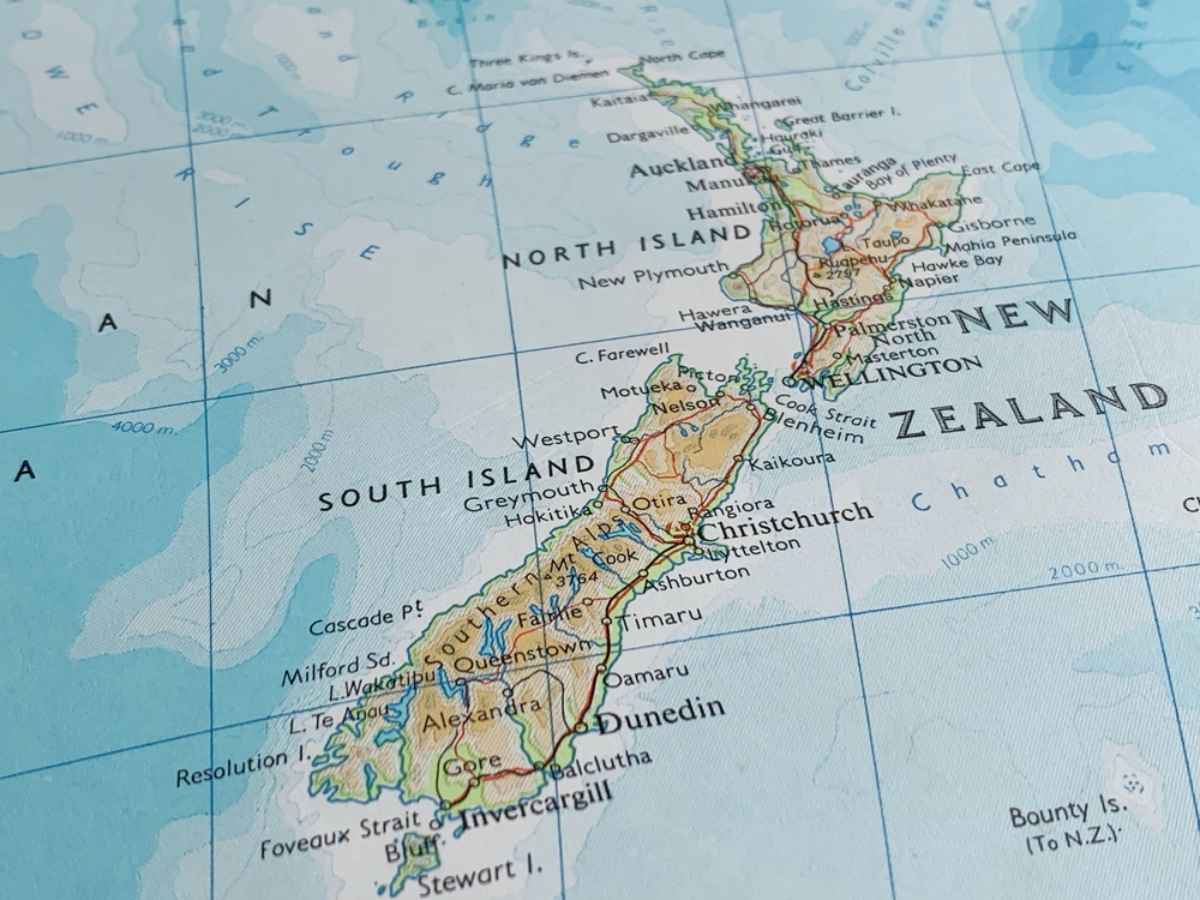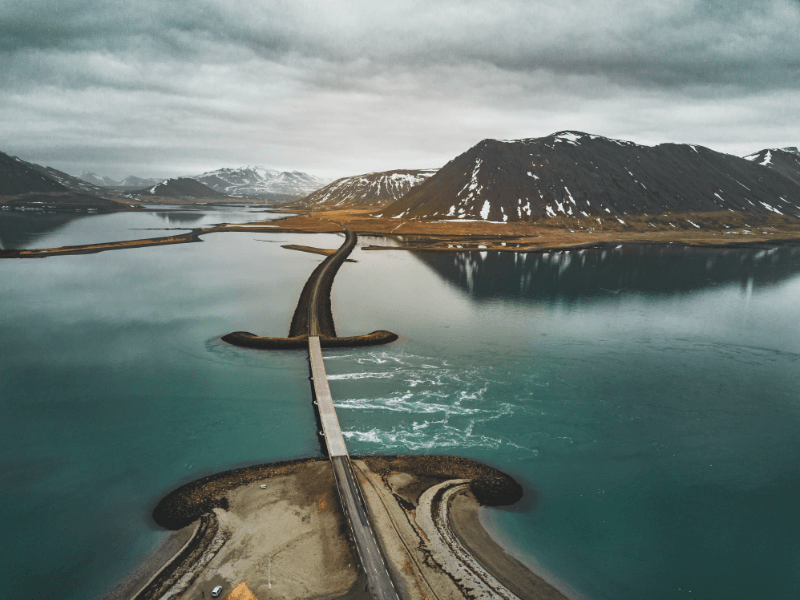New Zealand, a land of breathtaking landscapes and unparalleled natural beauty, is home to many geological wonders. Among these, Mount Ngauruhoe stands out not only for its impressive stature but also for its rich history and cultural significance.
Whether you're a passionate hiker, a film enthusiast, or someone simply looking to explore the wonders of the North Island, Ngauruhoe promises an experience like no other.
What is Ngauruhoe?
Mount Ngauruhoe, often referred to simply as Ngauruhoe, is a volcanic cone and is considered the youngest vent in the Tongariro stratovolcano complex. Although many regard it as a separate mountain, geologically speaking, it's a secondary cone of Mount Tongariro.
It first erupted about 2,500 years ago, making it a relatively young formation in geological terms.
Is Ngauruhoe still active?
Yes, Ngauruhoe is still active. It is one of New Zealand's most active volcanoes, and has erupted over 40 times in the past 4,000 years. The most recent eruption was in 1975.
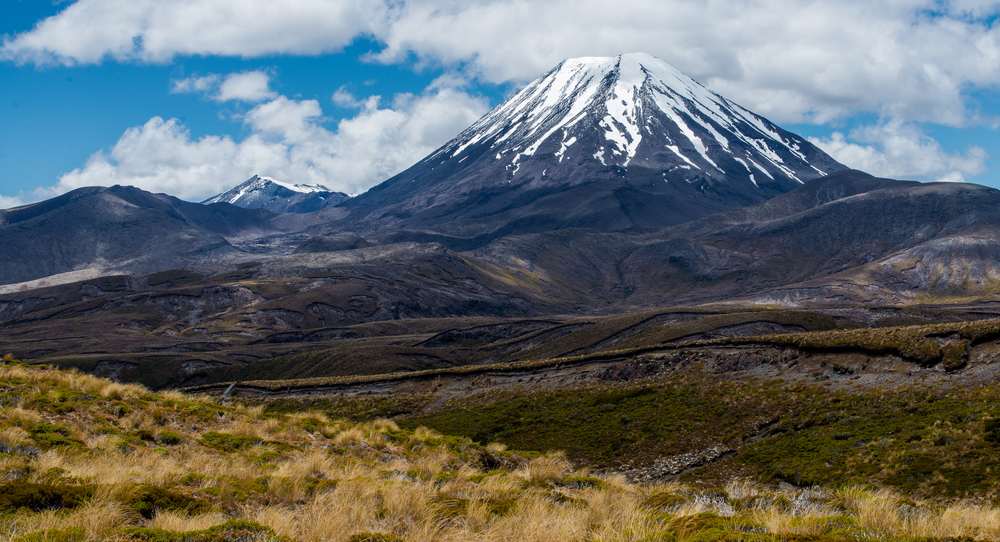
Where is Ngauruhoe located?
Situated on the Central Plateau of the North Island, Ngauruhoe lies between the active volcanoes of Mount Tongariro to the north and Mount Ruapehu to the south. It's positioned to the west of the Rangipo Desert and is approximately 25 kilometres south of Lake Taupō's southern shore.
What is the geological history of Ngauruhoe?
Ngauruhoe boasts a rich geological history. It erupted 45 times in the 20th century alone, with the most recent eruption recorded in 1977. Despite its frequent activity in the past, the volcano has been relatively dormant in recent years.
Some geologists even speculate that volcanic activity might have permanently shifted away from Ngauruhoe, given the current extended period of dormancy.
What is the cultural significance of Ngauruhoe?
Local Māori traditions state that the volcano was named by Ngātoro-i-rangi, an ancestor of the local Māori iwi, Ngāti Tūwharetoa. According to legends, Ngātoro-i-rangi summoned volcanic fire from his homeland Hawaiki, which eventually manifested at Ngauruhoe.
The name "Ngauruhoe" commemorates his slave, who tragically succumbed to the cold before the fire's arrival.
Hiking Ngauruhoe
For those with an adventurous spirit, hiking Ngauruhoe is an experience not to be missed. The mountain offers various routes for climbers, with the western side being the most popular starting point. However, potential climbers should be aware of the risks, especially during winter when the mountain can be treacherous.

Different hiking trails to Ngauruhoe
- Western Route: This is the most common route, starting from the Mangatepopo track. It's challenging in summer due to the shifting tephra but becomes more manageable in winter when the snow consolidates the ground.
- Northern Route: This longer route cuts across the lava flows in the Mangatepopo valley, offering a unique perspective of the mountain's geological features.
Geological Features of Ngauruhoe
Mount Ngauruhoe is a testament to the dynamic geological processes that have shaped New Zealand's landscape. Its features provide a window into the Earth's inner workings.
Crater
The crater at Ngauruhoe's summit is more than just a geological formation; it's a living testament to the mountain's volcanic nature. Emitting sulphurous gases, this crater is a reminder of the power that lies beneath. Climbers, especially those with respiratory issues, are advised to exercise caution due to these emissions.

Lava Flows
Over its relatively short history, Ngauruhoe has erupted numerous times, resulting in a series of lava flows that have sculpted its current form. These flows, solidified over time, offer a visual timeline of the mountain's eruptive past.
Ash Fields
The ash fields surrounding Ngauruhoe are remnants of its explosive eruptions. These fields, contrasting with the mountain's rocky terrain, paint a picture of the sheer force and scale of volcanic activity.
Other Geological Features
Ngauruhoe is a geologist's paradise. Fumaroles, which are openings in the Earth's crust emitting steam and gases, can be found inside the inner crater and on the rim of the eastern outer crater. These features, along with others, make Ngauruhoe a focal point for geological studies.

Ngauruhoe in the Lord of the Rings
Mount Ngauruhoe achieved global fame when it was used as a stand-in for the fictional Mount Doom in Peter Jackson's "The Lord of the Rings" film trilogy. This association has since made it a pilgrimage site for fans from around the world.
For many, the mountain's rugged terrain and imposing silhouette perfectly embodied the menacing Mount Doom, the final destination in Frodo Baggins' quest to destroy the One Ring. Its cinematic portrayal has forever linked Ngauruhoe with the epic tale of courage, friendship, and hope.
Conclusion
Mount Ngauruhoe, or Mount Doom as many know it, is more than just a mountain. It's a symbol of New Zealand's rich geological and cultural tapestry. Whether you're scaling its heights or simply admiring it from afar, Ngauruhoe promises an unforgettable experience. And if you're looking to explore New Zealand's North Island in style, don't forget to check out the caravan rentals at campervannewzealand.co.nz. Happy travels!

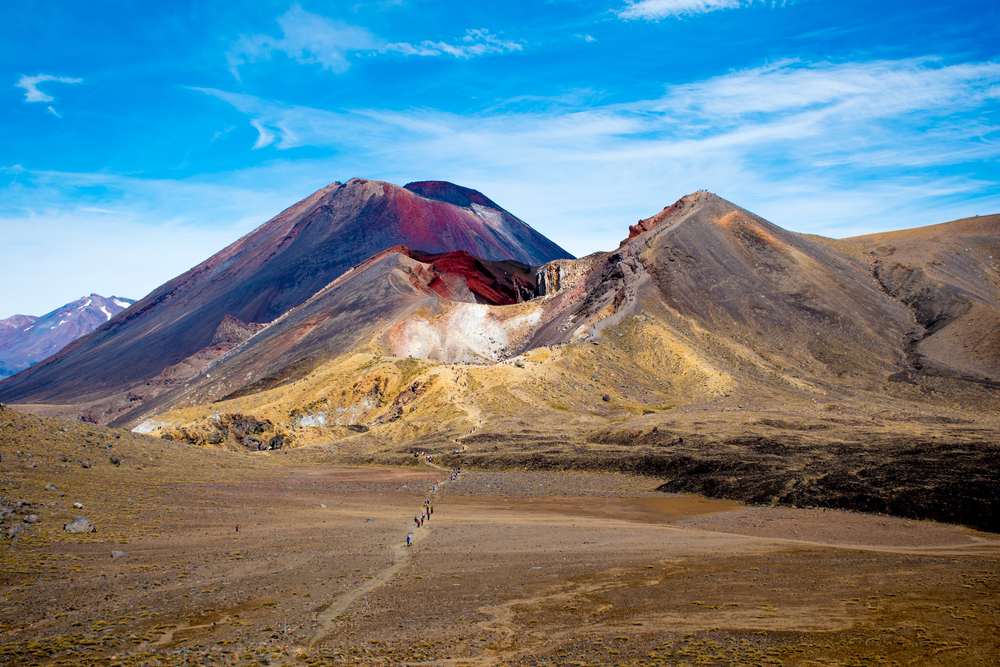
 By
By



